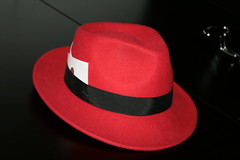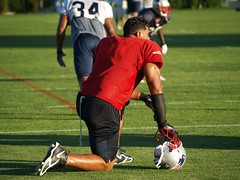Oh, Mercy, Mercy, Mercy... Why Has Obama Pardoned So Few People?

Sasha Abramsky of The Nation asks why President Obama has pardoned so few people:
While in the White House, Bill Clinton pardoned well over 100 people. So did President Bush. To date, Obama has pardoned less than two dozen and commuted even fewer sentences. His first commutation wasn’t until late November 2011, when, according to CBS News, he ordered the release of a woman who had served ten years of a twenty-two-year sentence for cocaine distribution. CBS reported that “the latest numbers from the US Pardon Attorney show that since taking office Obama has denied 872 applications for pardons and 3,104 for commutations of sentence.” A year later, ThinkProgress reported that the only presidential pardon granted in 2012 was for the lucky turkey, as part of the Thanksgiving tradition.
A president who talks the talk about more sensible, nuanced drug policy, and whose oratory frequently invokes what is best in the American political imagination, has shown himself remarkably reluctant to use one of the most important of presidential prerogatives—the power to right judicial wrongs. “This president,” says Anderson, “has been unbelievably timid and disinclined to do justice in cases that scream out for commutation. There’s not a lot of moral or political fortitude in play.”
[Photo credit: Scott Beale, Creative Commons.]







